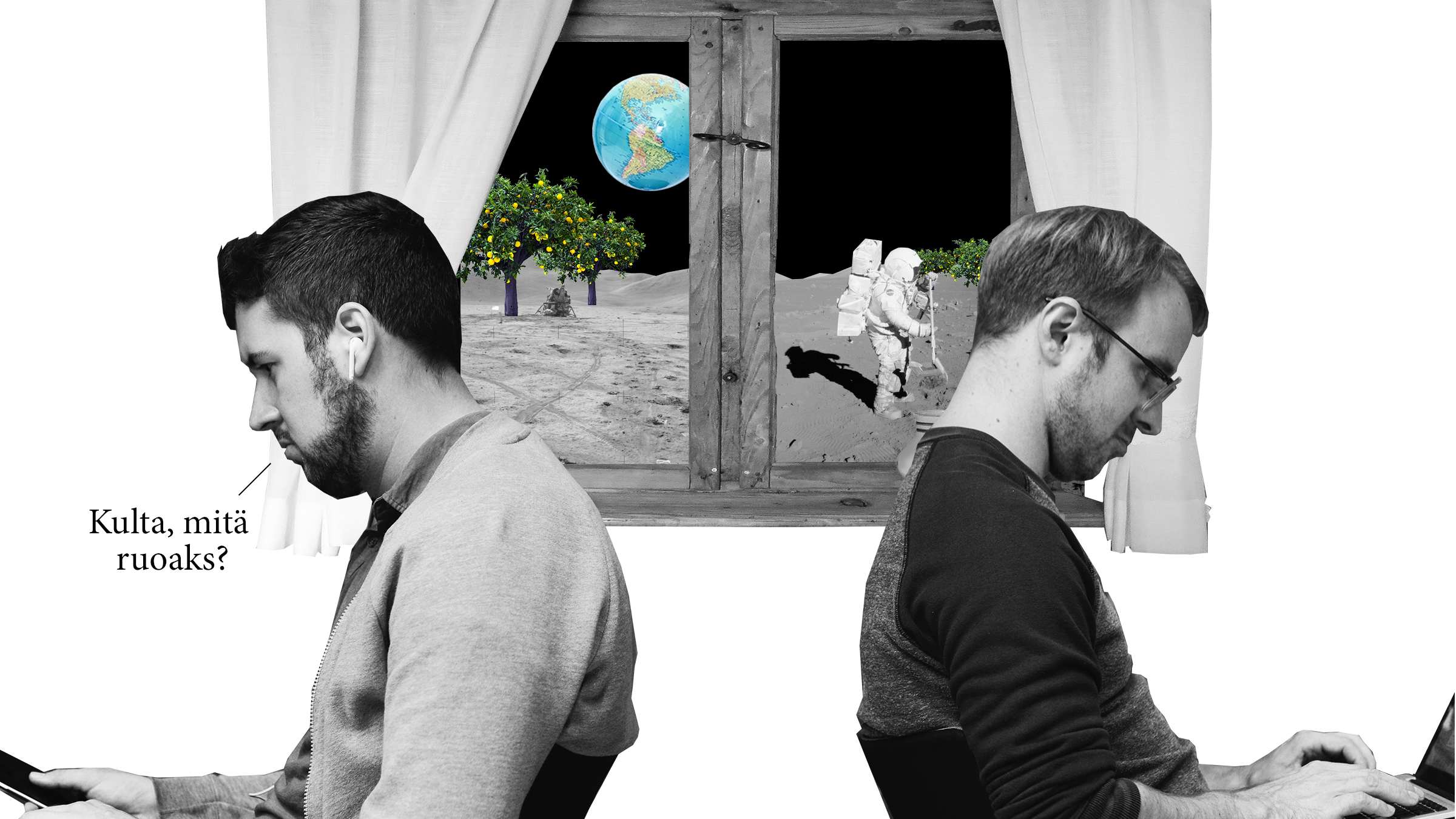Future developments involve lots of assumptions about how things are interconnected, what the objectives and interests are and what the world is actually like. We are living in an environment in which the future is already present in the form of diverse forecasts, fears, wishes and objectives – a sort of future imagery. In particular, when looking at a long time span an or era of transformation, it is necessary to critically assess such future imagery and highlight the prevailing assumptions about the future.
With this tool, you can access assumptions about the future and frame future development in a new way. The tool is based on Causal Layered Analysis (CLA; see Inayatullah 1998). It assesses phenomena or views on the future using four layers.
- The litany: surface-level description of the future image or phenomenon.
- The system:description of the reasons and consequences connected to the phenomenon, such as the factors that will have influence on the future described in the litany level and the economic reasons that have led to it.
- The view of the world:a point of view and mindset expressed by the view of the future and based on which the system-level description is logical and reasonable, such as an economic liberal world view or a profoundly ecological world view.
- The myth:future-related metaphors, cultural archetypes and stories that are more experienced than intellectually known, such as “the spirit of the Winter War” or “love is a journey”.
Do the following
Choose a simplistic idea about the future, such as “robots will take over all jobs”. Write it out on the printed working template or another piece of paper.
- A) Begin to decrypt the litany-level description at different levels, going from top to bottom:
- What causal connections are assumed in the future image?
- What is the world view in which the causal relationships make sense?
- What is the underlying myth or metaphor?
- B) Challenge the future image at different levels, going from bottom to top:
- What could be an alternative myth or metaphor?
- How will the myth change the world view?
- What is a system pursuant to the new world view?
Write a new litany-level future image.
Think about the assumptions of the future found during the work and how justified they are. What is connected to a world view? How did changing the myth change the future outlook?
Material
Working template for Causal Layered Analysis: CLA template.











More tools
Use these to move forward